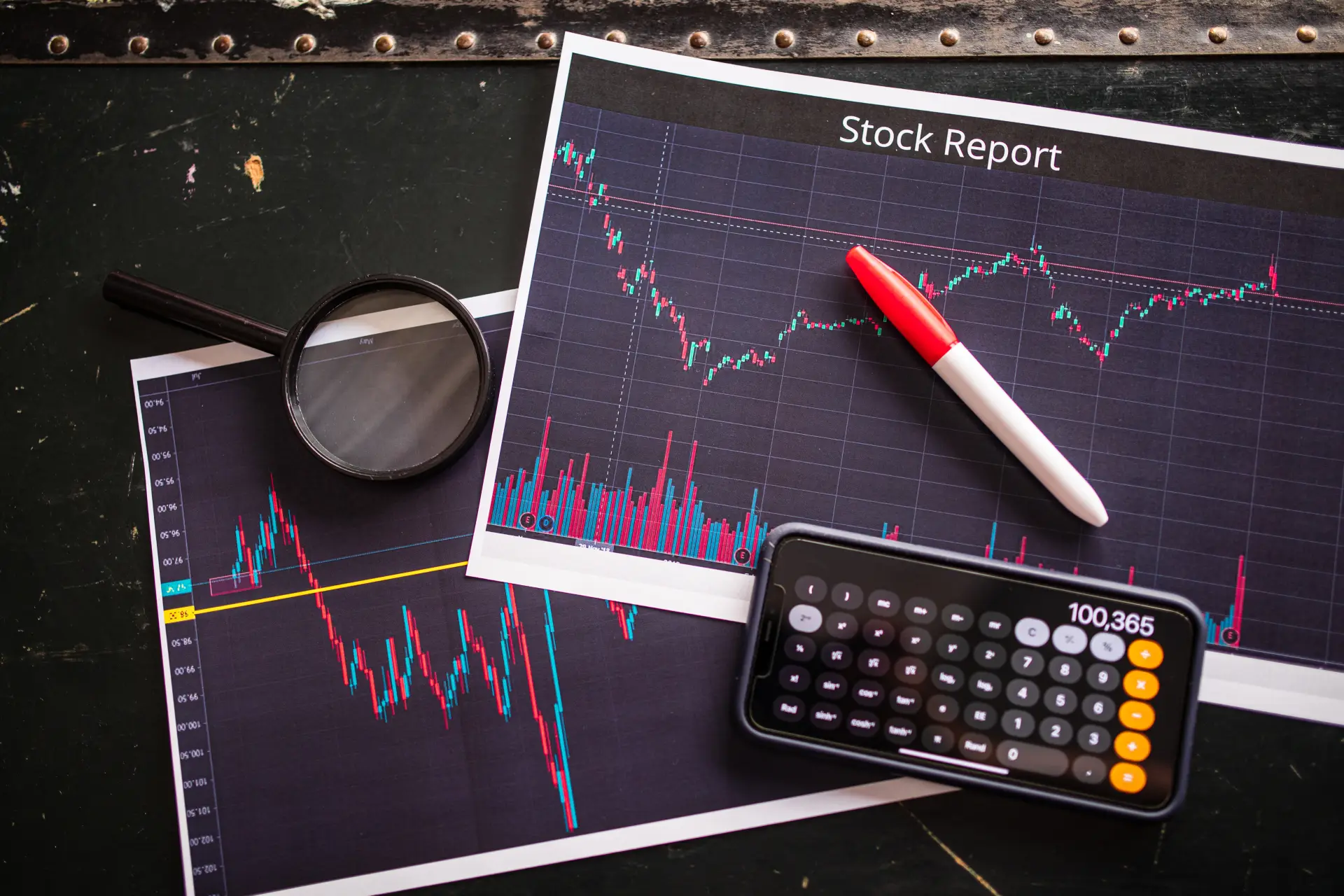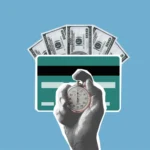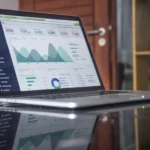If you’re planning to retire in the next few years and have a 401(k) or similar retirement plan, you should be aware of the sequence-of-returns risk of sequence-of-returns. This is where higher returns are experienced at the beginning of an investment period rather than at the end.
When this happens, it can result in lower savings rates on your investment portfolio and less money for retirement. We aim to help you better understand the sequence of returns risk, explain why it matters, and help you understand how to avoid it.
What Is Sequence of Returns Risk?
The sequence of returns risk is the risk of having a sequence of returns that is not optimal. To illustrate this, imagine you have $100,000 invested in the stock market and you plan to withdraw $10,000 from ityearly until 2020. However, if you were unlucky and had a sequence of negative returns over that period—say stocks dropped 30%, 10%, and 5% each subsequent year—you would run out of money by 2023!
Obviously, this would be bad news for anyone who has counted on their retirement savings lasting until 2024. This can happen because we don’t know what will happen next—we only know what happened the last time around. And while there are some ways to mitigate this risk (more on that later), they’re not always easy or practical to implement when dealing with millions or even billions worth of money.
How Does the Sequence of Return Risk Affect Your Retirement?
The sequence of return risk is a risk that is not easily managed but can have a big impact on your retirement plan. Although it is difficult to predict the future, you can make some assumptions about how you expect returns to affect the value of your portfolio.
If you are saving for retirement, you must understand which investments are best for your situation and what kind of returns they may provide.
How To Avoid Incurring Sequence of Returns Risk In Your Retirement Plan
To avoid incurring a sequence of returns risk in your retirement plan, you must:
- Invest in a diversified portfolio.
- Avoid investing in high-risk assets.
- Avoid investing in assets with high volatility.
- Avoid investing in assets with high correlation.
- Avoid investing in assets with high leverage.
- Avoid investing in assets with high liquidity risk.
What Else Can You Do to Avoid a Sequence of Returns Risk?
To help you avoid a sequence of returns risk, make sure you have a well-diversified portfolio. That means investing in low-cost index funds or exchange-traded funds (ETFs).
Many advisors recommend that you hold at least 50% of your retirement savings in stocks and at least 25% of your retirement savings in bonds. The rest can be split up among real estate, commodities, and other assets to further diversify your investments.
In addition to being well-diversified, ensure that what you invest in is a low risk, so it won’t go down as much during bear markets. The best way to do this is by sticking with low-cost index funds or ETFs that track broad market indices like the S&P 500 or the Dow Jones Industrial Average instead of trying to time when specific sectors outperform others (e.g., technology stocks).
Conclusion
It’s not easy to avoid a sequence of returns risk, but you can mitigate the impact by diversifying your portfolio so that some investments are likely to do well in all market conditions. You can also consider using an asset allocation strategy that spreads out your investments over time instead of making them all at once.





